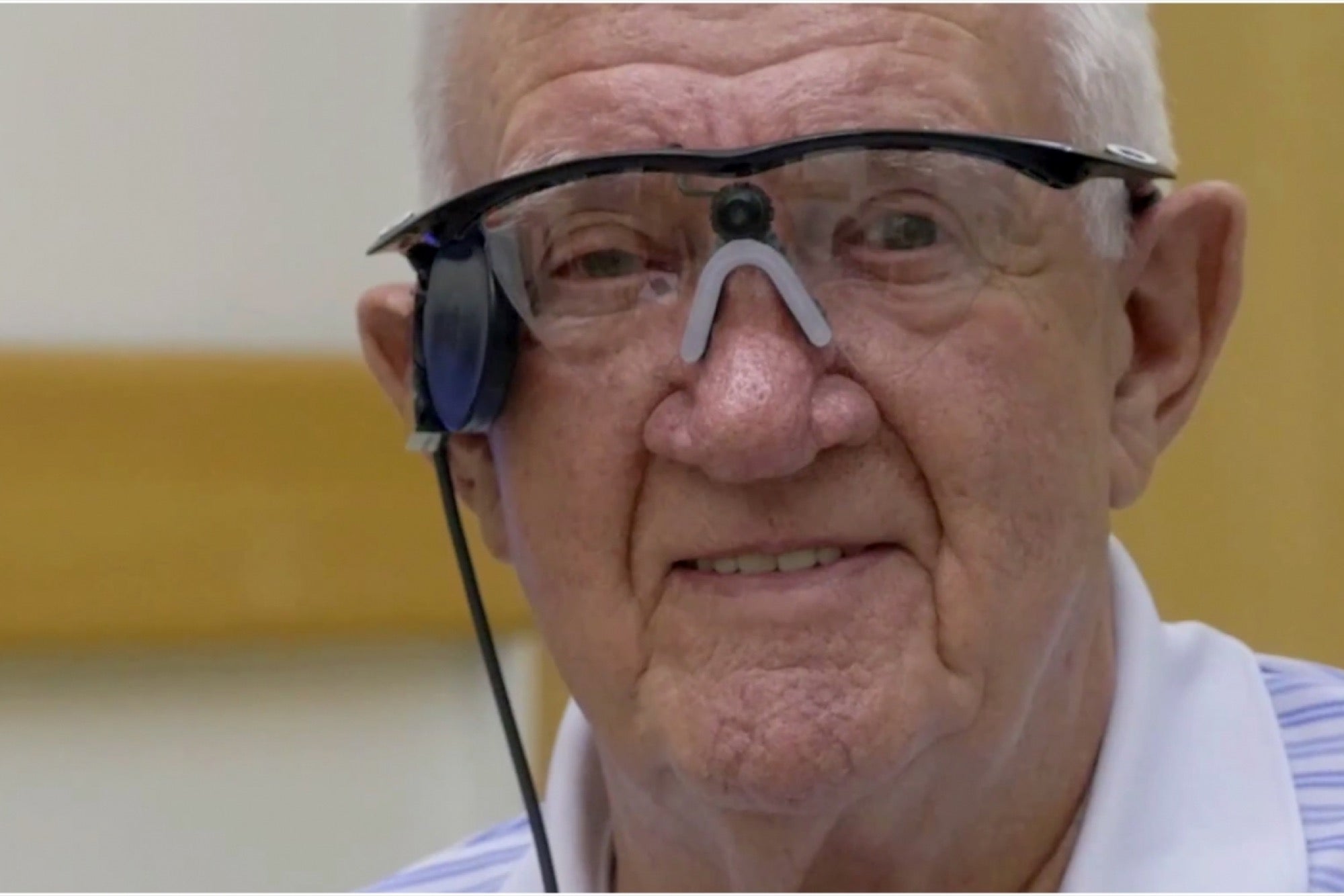Bionic Eye Shows Promise for People With Age-Related Vision Loss The Argus II system was successfully implanted in a senior suffering from age-related macular degeneration, which affects 20 to 25 million people globally.
By Carly Okyle
Opinions expressed by Entrepreneur contributors are their own.

The realities of aging can be hard to face. Muscles weaken, it can become difficult to remember things and the body loses some of its function -- one being fading sight. Now, however, there's hope to mitigate some of the damage done by a diminishing field of vision.
The Argus II system, which has been referred to as a bionic eye -- the same one used to help patients with the degenerative disease retinitis pigmentosa -- has shown promise for people with advanced dry age-related macular degeneration (AMD), a condition that affects 20 to 25 million people globally, according to UN estimates. Although the Argus II has helped more than 100 people with retinitis pigmentosa to regain some semblance of vision, Ryan Flynn is the first person to use the technology to mitigate the effects of AMD.
Related: Imagine If Our Highways Were Paved in Plastic
Flynn, an 80-year-old man from Manchester, England, was an avid gardener and enjoyed watching Manchester United play soccer (or football, as it's called across the pond) before dry AMD took his central vision (wet AMD also exists). Though he can still see things peripherally, his sight has been deteriorating for nearly a decade.
He underwent a four-hour procedure at Manchester Royal Eye Hospital last month to place a receiver on his retina. When he wears glasses fit with a small video camera, the camera feeds images to the receiver. He's now able to see outlines of people and objects, RTE reports. He told the BBC that he was "delighted" with the implant.
As part of a clinical trial, the hospital will implant electrodes in four other individuals with dry AMD. The patients in the trial will receive the Argus II system for free, though it usually costs $145,000 -- not including the cost of the operation or doctors' fees. The technology was invented by Dr. Robert Greenberg, CEO of Second Sight.
To see how the Argus II works, check out the video below.
Related: Samsung Wants to Measure Body Fat With a Smartphone Squeeze
Correction: An earlier version of this article misnamed the device. It is the Argus II.










